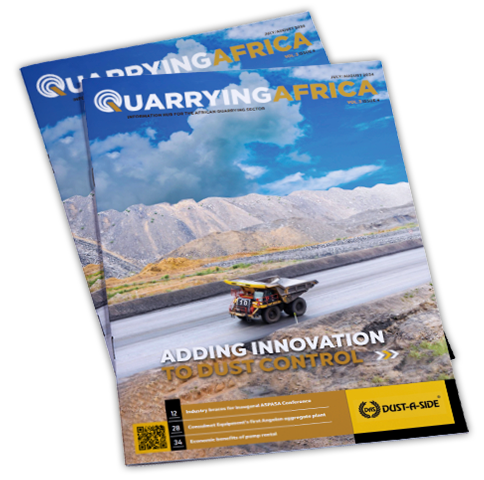In quarrying and surface mining in general, the assessment of dewatering needs is important for every operation. In most cases, says Koorts, this is considered a postscript, yet it should be ‘front and centre’ as early as the design phase of the operation.
Every mine or quarry site needs to account for dewatering at some point in time. However, it is important to determine the exact nature of potential disruptions. Ahead of potential torrential rains in the region, most operations are susceptible to flooding – some more so than others, depending on geographical location.
“It is always important to first define potential water hazards before installing a dewatering solution. In a mining environment, water comes from several sources, rain being just the most obvious one. However, there are also other sources such as natural seepage in the bedrock as the pit gets deeper, as well as aquifers which can yield a significant amount of ground water,” explains Koorts.
All these types of runoffs can lead to catastrophic flooding that shuts down operations with costly consequences. A comprehensive, reliable and flexible dewatering plan is therefore essential to remove excess water from working areas in order to allow operations to continue while safeguarding operators and maintaining productivity.
“Mining activities require different dewatering solutions, yet operations do not take this into consideration during designs. Of course, there is planned water reticulation, which is generally engineered into the plant to ensure there is a steady supply of process water throughout the site. However, in most cases mines do not account for water seepage or rain, which often results in unplanned water agglomeration,” says Koorts.
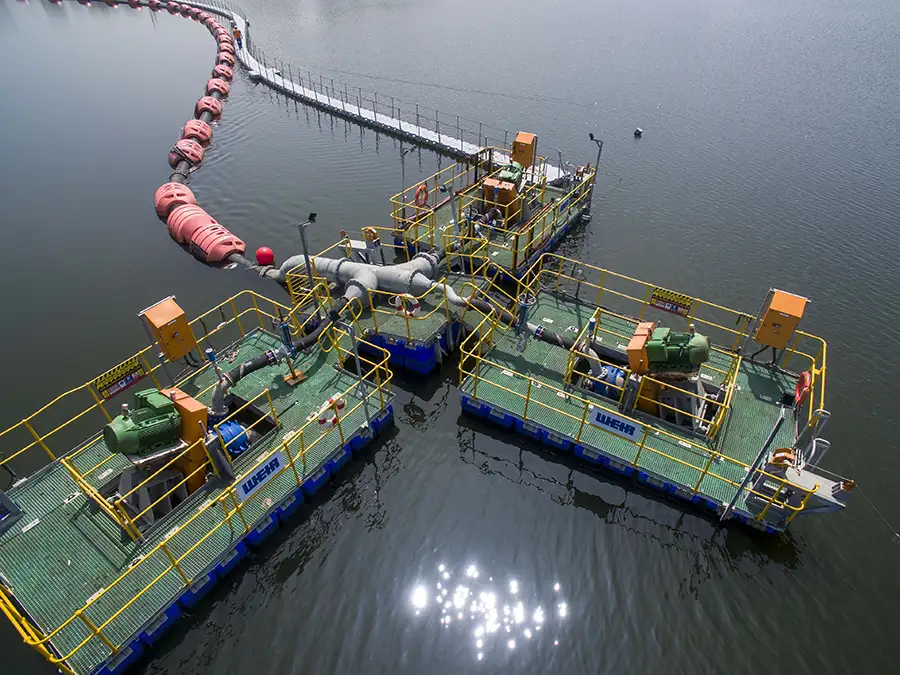
Factors to consider
There are numerous factors to consider when determining the type of dewatering solution required. One of the key factors is the voltage of the pumps needed to pump the water from the pit, which is much higher than that required for above-ground applications.
“Normal motors do not work in the pit without using transformers. For electrical pumps, the knowledge of the required pump, the drivetrain and the electrical interfacing is crucial. If the operation decides to go the diesel pump route, which obviously comes with higher running costs, there is a need to be able to interface the pump with the diesel engine manufacturer. These are some of the crucial matters that are not considered from the onset. In most cases, there is no infrastructure in the pit to cater for these requirements,” says Koorts.
In addition, the characteristics of water being moved can have a notable impact on the equipment and materials used. The pH range, temperature, corrosive and abrasive content all play a critical role in selecting the equipment to transport water effectively. The presence of solids in the water, the specific gravity, size distribution and content percentage will determine the type of pumps required.
Equally, the pipework and valves are also subject to corrosion and abrasion from the products handled and must be designed accordingly. “It is important to determine what is in the water. In most cases the water has traces of solids, which calls for a dirty-water pump. Copper ores, for example, contain sulphides which create acidic properties, which in turn call for a stainless steel pump option,” explains Koorts.
Another critical factor is the head pressure required to pump the water out of the pit. Many of the pits are very deep, which means additional booster pumps are needed to overcome the large vertical lift. These are positioned at multiple levels to help raise the water from the bottom of the pit.
“Each site’s dewatering requirements vary and present unique challenges,” says Koorts. “That is why we believe that dewatering solutions should not be standardised; they must be custom solutions designed and built in line with the available site conditions. At Weir Minerals, we do not supply a dewatering solution without first going to the site to assess the different scenarios that determine an optimal solution for the operation.”
In addition, it is also important to factor the changing conditions in the pit. For example, a solution might be fit for the prevailing conditions, but in a year or two, the pit might be considerably deeper. Weir Minerals can therefore design a solution with the evolution of the mine in mind.
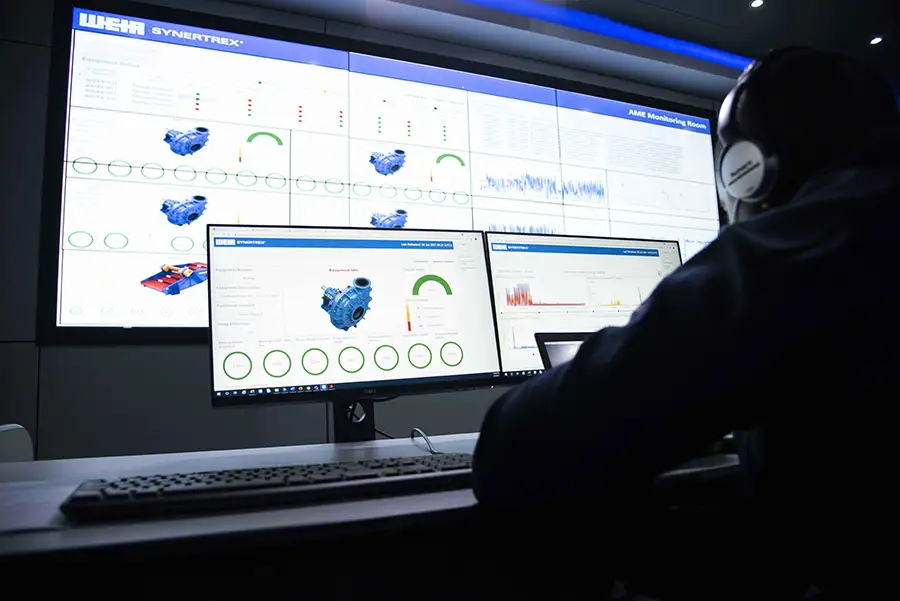
Integration
For every dewatering project, it is important that OEM understands the environment before developing a solution. The pitfalls of over- or undersized equipment include excessive energy use, high-cost capital outlay and maintenance, as well as risk to equipment and personnel, and also lost production, in the case of insufficient capacity.
“There is an industry perception that dewatering is just about the pump itself. The truth of the matter is that a pump is only one portion of a series of components. The OEM should therefore be able to interface and integrate the various components – some internal and some from external suppliers. At Weir Minerals we have a large portfolio of in-house components that allow us to provide flexible solutions from one stable. These include hoses, pump combinations, valves, slurry pumps and hydrocyclone separators, amongst others,” he says.
However, there is also need for integration with various external components that make up dewatering solutions. These include skids, hoists, diesel engines, electric motors, motor control centres, transformers and electrical interfaces.
“Operations should always consider an OEM that has a broad knowledge of industry componentry outside of the hydraulic pumping sphere, which I believe is one of our key strengths at Weir Minerals Africa,” says Koorts.
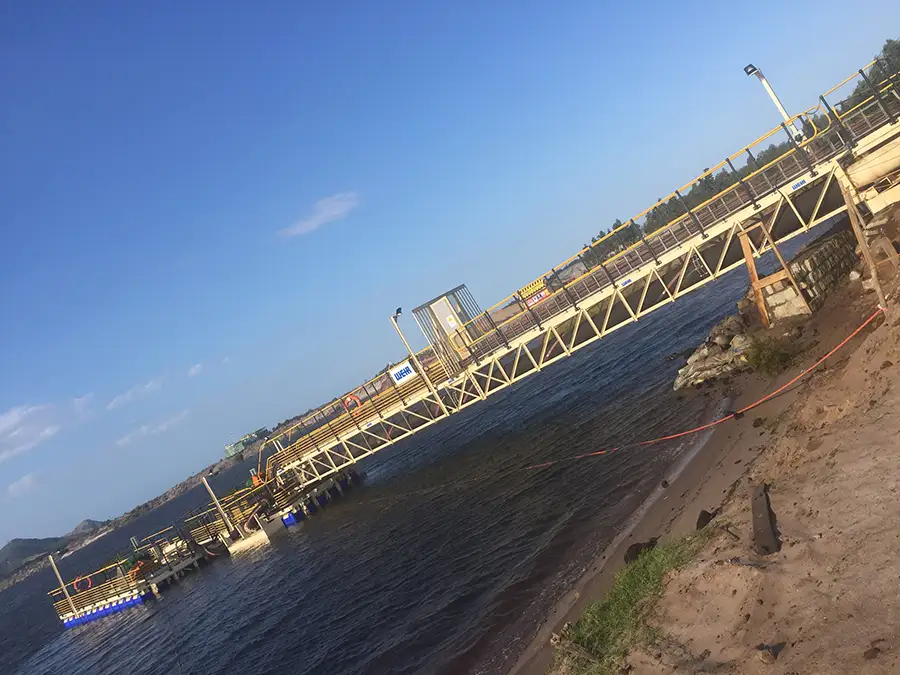
Wide range
One of the key considerations when choosing a dewatering solutions provider is its ability to offer a range of pump products from one stable. For example, Weir Minerals has a range of solutions that allows it to use several types of pumping equipment, from self-primed diesel driven, submersibles, vertical turbine and multistage, to high-wall pump designs for sites that have limited access due to high-sided mine pits.
The company also develops sophisticated pontoon and barge designs which allow its equipment to float out over water bodies for easier access. They can also be fixed to banks with access walkways or set up as standalone installations. In addition, they can be constructed from a variety of materials, from heavy-duty steel to low-density polyethylene with steel frames, for lighter applications. All designs are rigorously tested and include safety features to help prevent risk to operators.
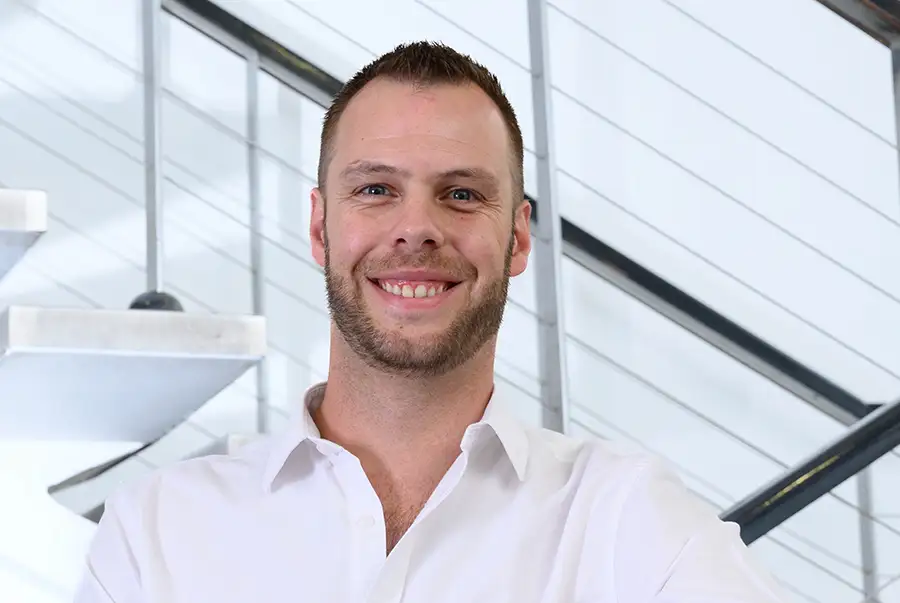
Additional capabilities
Apart from a wide range of pump solutions, Weir Minerals also boasts additional knowledge and capabilities that are crucial for successful mine dewatering solutions. One of the key strengths of the company is its strong engineering capabilities.
“We have an experienced engineering team that specialises in designs, interfacing and buoyancy calculations, amongst other functions,” he says. “Over the years, a lot of lessons have been learned from the different complex projects that we have undertaken. We are also particularly good with control philosophies, having developed systems that start and stop automatically to seamlessly operate when required,” he says.
With Weir Minerals’ Synertrex® intelligent platform, customers have a tool that lets them know in real time, when something is wrong, preventing problems from developing into costly breakdowns. As a plug and play system, Synertrex® technology measures asset health, gathers and analyses data subsequently, converting that data and insights into recommendations.
Another important parameter that often does not receive the necessary attention it deserves, is the sealing arrangement for dewatering solutions, comments Koorts, for which Weir Minerals has “a couple of solutions in its envelope”. For instance, the company can use the expellor, which creates a positive pressure on the one side and a negative pressure on the other. Not all pump suppliers can offer this sealing arrangement – it is a sensitive piece of equipment that needs to be selected for the right application. The OEM can also do a mechanical seal interface, which is also specialised. Not a lot of suppliers in the market, says Koorts, can interface with mechanical seals.
“An OEM needs to have all these facets to be able to operate in the dewatering sphere. A complex customised solution is required – no two solutions are the same. To provide context, we have installed crocodile-proof pontoons in Madagascar because the mine has to contend with crocodiles coming into the pit whenever it rains. We have also developed pontoon solutions in Europe with water heaters because the water in the pit freezes due to extremely cold temperatures. These are clear instances of custom-made solutions for unique operational changes,” says Koorts.
In conclusion, Koorts says customers in Africa can benefit from Weir Minerals Africa’s local, country-specific infrastructure to support them in this critical field.
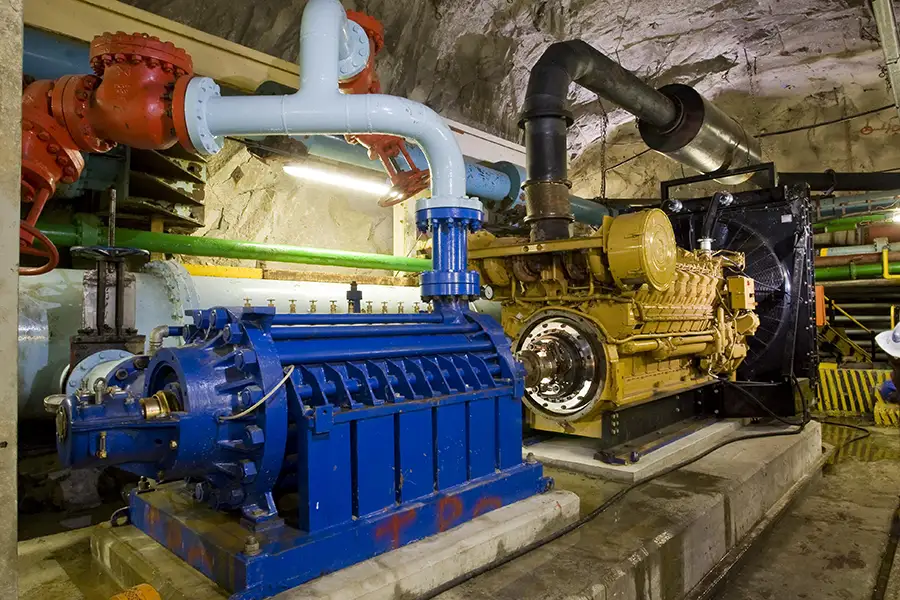
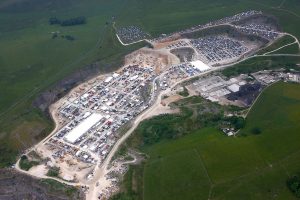
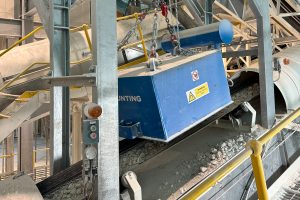


![Data from the World Risk Poll shows that one in five (21%) people in mining and quarrying occupations have experienced harm at work in the past two years. [Photo by Shane McLendon on Unsplash]](https://quarryingafrica.com/wp-content/uploads/2024/10/shane-mclendon-89hUOLtVfoI-unsplash-300x225.jpg)
